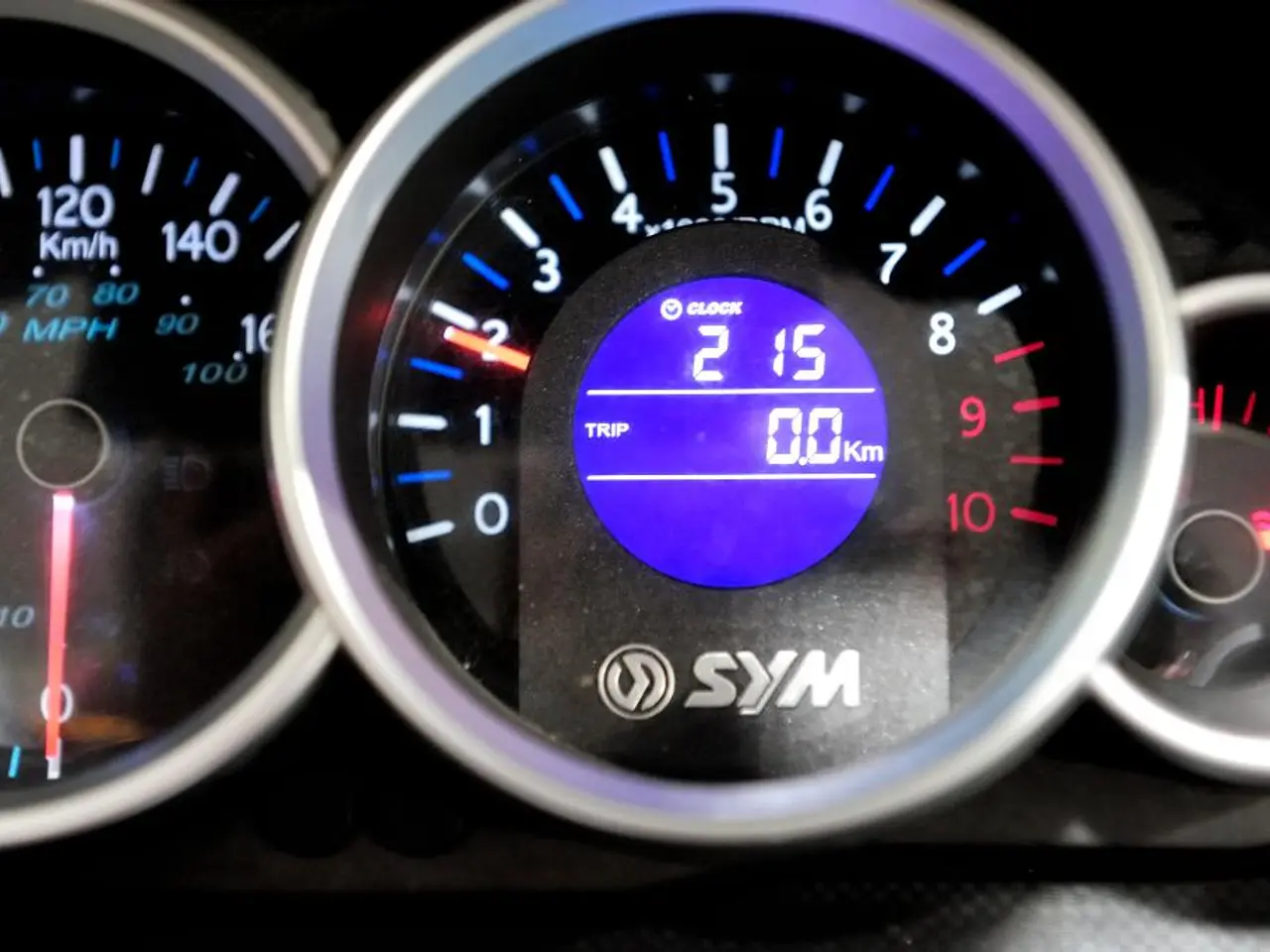Techniques for Minimizing Signal Weakness in Rapid PCBs
In the world of electronics, signal attenuation in printed circuit boards (PCBs) is a critical issue that significantly affects the performance of high-speed electronic devices. Understanding the causes and implementing strategies to minimize attenuation are essential for optimal PCB performance.
## Common Causes of Signal Attenuation in PCBs
### 1. Dielectric Loss Dielectric loss occurs due to the PCB substrate material's dielectric constant (Dk) and loss tangent (Df). Higher Df values lead to more significant energy loss, especially in high-frequency applications above 28 GHz.
Solution: Choose materials with low loss tangents, such as certain FR-4 variants or premium materials like ceramic-filled laminates.
### 2. Conductor Loss Conductor loss is primarily due to the resistance in copper traces. The skin effect, where high-frequency signals travel on the surfaces of the traces, and surface roughness exacerbate this issue.
Solution: Use smoother copper surfaces and optimal trace widths to reduce resistance. Implementing controlled impedance matching can also help.
### 3. Radiation Loss Radiation loss occurs when signals escape from traces due to inadequate grounding, poor routing, or excessive trace lengths.
Solution: Optimize trace routing, ensure proper grounding using ground planes, and minimize trace lengths to reduce radiation loss.
## Strategies to Minimize Signal Attenuation
### 1. Material Selection Choose substrates with low dielectric loss tangents (e.g., specialized FR-4 variants) for high-speed applications. Lower loss materials reduce energy dissipation as heat, preserving signal strength.
### 2. Design Optimization Minimize trace lengths and widths to reduce resistive and dielectric losses, while maintaining impedance matching. Shorter traces and optimized widths help in reducing both conductor and dielectric losses.
### 3. Via Design and Management Minimize via usage, use back-drilling for unused via stubs, and ensure smooth via transitions to reduce parasitic capacitance and inductance. Proper via design reduces signal loss by minimizing additional capacitance and inductance.
### 4. Surface Finish Use surface finishes like ENIG (Electroless Nickel Immersion Gold) for better conductivity compared to HASL (Hot Air Solder Leveling). Improved surface finishes reduce resistive losses at high frequencies.
By understanding these causes and implementing these strategies, designers can significantly reduce signal attenuation in PCBs, ensuring better performance and reliability in high-frequency applications.
Data-and-cloud-computing technologies can leverage the optimized PCB designs to improve the performance of electronic devices, as they reduce signal attenuation. This is particularly important in the development of high-speed, data-intensive systems, where controlled impedance technology plays a crucial role in maintaining signal integrity.








